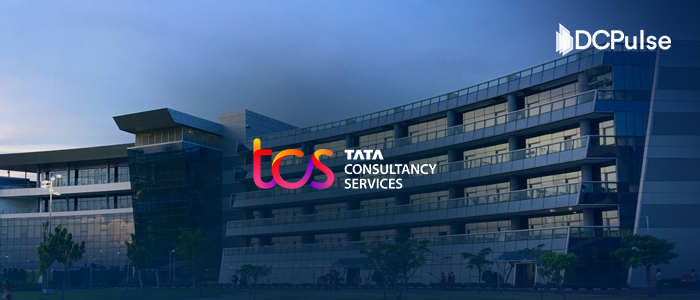USA, October 9, 2025- For years, Microsoft’s Azure network has been the invisible backbone of the digital world, powering everything from AI training clusters to enterprise workloads. But now, that backbone is straining.
According to internal forecasts, several of Azure’s biggest U.S. regions, including Northern Virginia and parts of Texas, are running out of physical space and available servers, forcing Microsoft to turn away or reroute new customers. The shortages, which were once expected to ease this year, could now extend into mid-2026.
Behind the crunch lies the AI gold rush. Since late 2023, demand for high-density GPU infrastructure has surged faster than any hyperscaler could build. Microsoft added over 2 gigawatts of new capacity in the past year, an extraordinary pace by industry standards, yet it still hasn’t been enough. Land constraints in data-center hubs, power-grid bottlenecks, and long lead times for advanced servers have squeezed even the company’s vast network.
To cope, Microsoft has quietly restricted new Azure subscriptions in certain zones and redirected workloads to less-crowded regions. For customers, that can mean higher latency, complex cross-region setups, and delays in onboarding AI-intensive services.
In an effort to alleviate the strain, Microsoft has recently struck a deal with Nebius, a Dutch cloud provider, to introduce additional capacity through a new data center in New Jersey. Analysts see it as a necessary but partial fix, one that buys time but doesn’t solve the structural issue.
Even so, the cracks are showing. In August, users in Azure’s East U.S. region were unable to spin up new virtual machines after a sudden demand spike triggered an allocation failure.
As AI models grow larger and enterprises rush to deploy them, Microsoft faces a paradox of its own success: the more Azure grows, the more its infrastructure strains under the weight of that growth. Analysts warn that if capacity shortfalls persist, rivals like AWS and Google Cloud could capture the overflow, reshaping the balance of hyperscale power in the world’s largest cloud market.
For now, Azure remains a victim of its own velocity, proof that in the AI era, even the cloud has a ceiling.



.jpg)
.jpg)